For those that have read my novel, Thunderbird and Whale, I present a variety of what I call innovative (others may say wacky) solutions to bridging some of the gaps between consequences and life saving and sustaining needs after a Cascadia subduction zone event. In other words, if you don’t drown, what do you need to survive for 12, 36, 72 hours, etc.
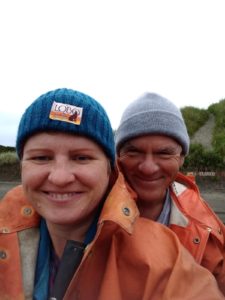
Keep in mind, where Tammy and I are as I type, we won’t see any type of outside assistance for weeks possibly. ( I lobby for extra taffy stores to sustain us but she gives me that look.)
One of my crazy concepts I floated in the book included the retrofitting of an old barge into a floating disaster support ship. This included an Emergency Operations Center, medical capacity, fresh water, emergency power and a coffee kiosk.
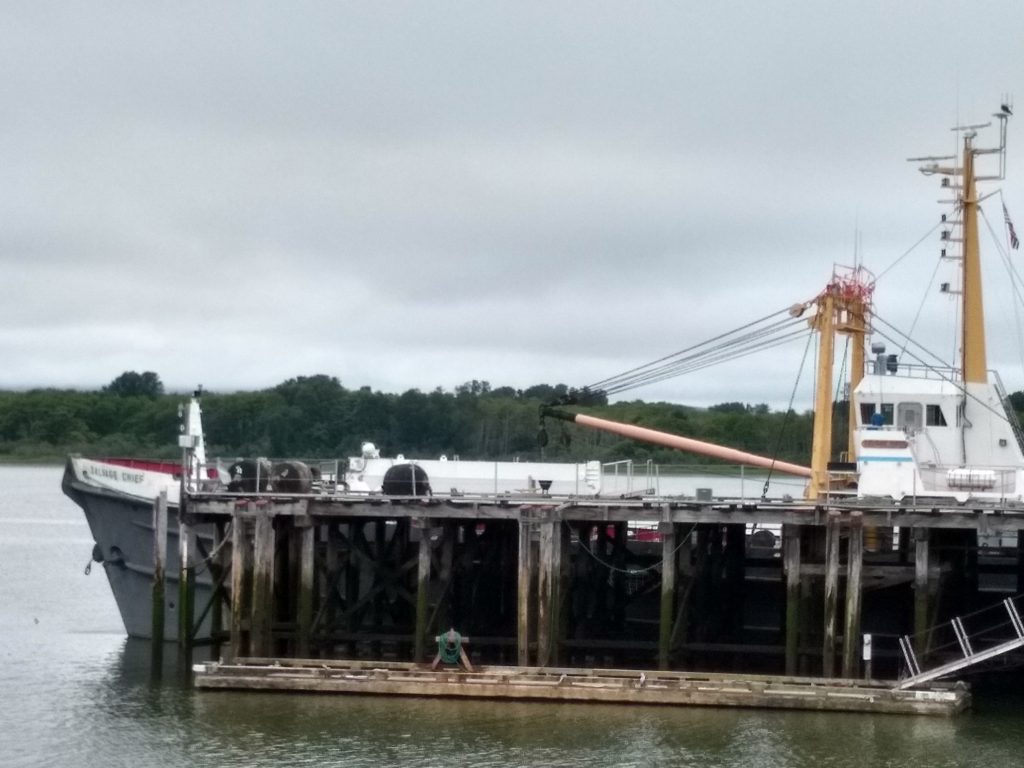
Through one of my doctor friends in Oregon I was tipped off there was some guy in the process of trying to get a vessel, the Salvage Chief, ship shape again to help post-Cascadia event. It didn’t take me too long to track down some information and the guy behind it all. A couple of LinkedIn messages and we were connected and before I knew it, having coffee and meeting him for a tour of the ship. The ship was not entirely unknown to me as it was operational in the time I was the emergency manager for the county where it sailed from.
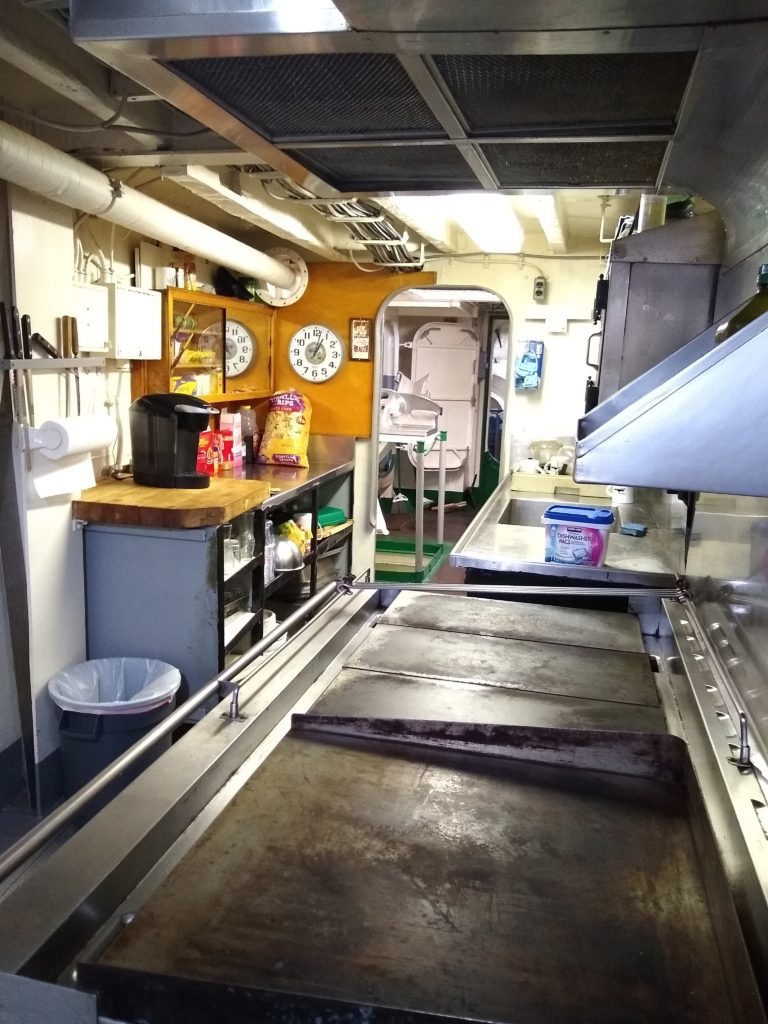
The tour included meeting some of the original crew that have been brought back in anticipation of getting the funding needed to get the ship ship-shape. Kind of like getting the band back together, but great stories of exploits of the ship, who’s name is synonymous with most well known west coast ship salvage efforts, e.g Exon Valdez.
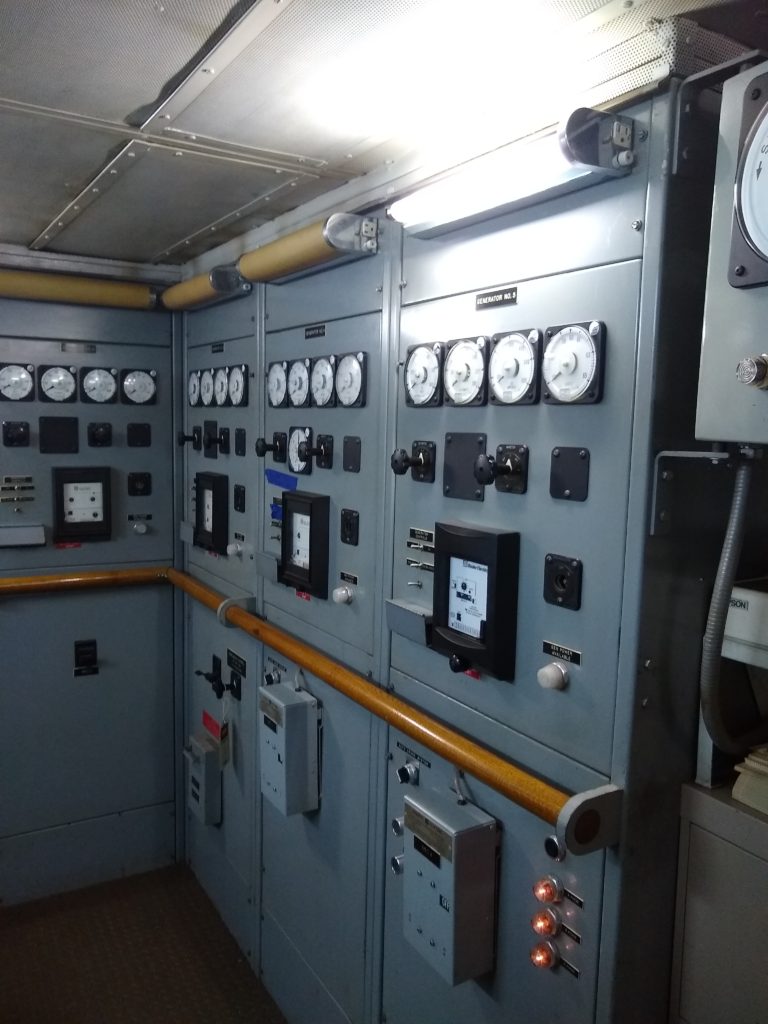
There is a lot of work to be done to make the ship a viable resource to the county, state and federal government but the trend looks like the idea has sufficient support. Current local missions include providing power and fresh water (3,000 gallons a day) as well as floating hospital. Federal missions include dragging the remains of the Astoria and Longview bridges out of the Columbia River channel so shipping of grains overseas can continue. On the state side, I’m early in the planning stages of a joint mission with our Medical Rapid Response Teams being flown in to serve as the medical staff for shipboard hospital missions.
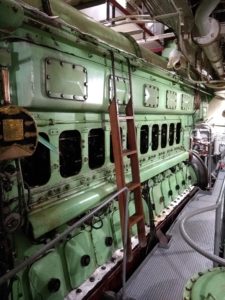
The ship has more than a disaster mission. It currently supports the local Job Corps program, a tuition-free training and education program that connects eligible young men and women with the skills and educational opportunities they need to establish real careers. There were several students on-board when I toured the ship. It also serves as a maritime platform for training with the special forces.
I can’t help but be a little excited about helping bring a crazy concept in my novel to fruition to help thousands when Cascadia rips.

Wow! Life imitates art imitates life. Here’s to you and the folks involved in making surviving another Cascadia event much more possible.
BTW, Mom taught Job Corps students in Indiana shortly after the program was launched in the 1960’s. Glad to see it’s still around, helping to change lives.
Job Corp has had a facility in Clatsop County for as long as I can remember.